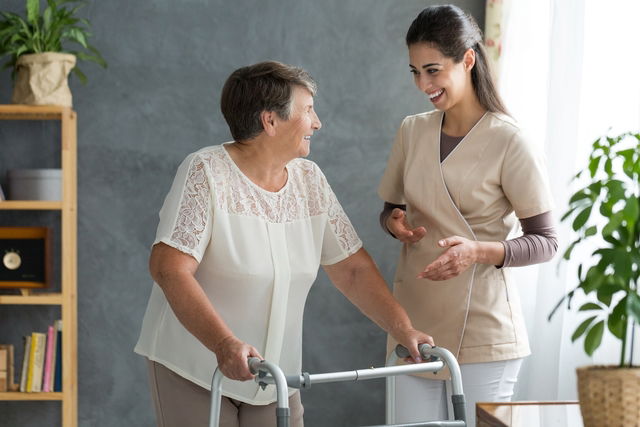Parkinson’s disease symptoms, like tremors, rigidity and slowed movements, will often emerge gradually, which is why this condition is not always diagnosed in its early phases. Symptoms tend to evolve and worsen over a period of months to years, and will typically become more obvious with time.
Ideally, Parkinson’s should be diagnosed early to start treatment and prevent worsening, as this will improve the patient‘s quality of life.
If you suspect you may have Parkinson’s disease, you should see your doctor for assessment.

What are the symptoms of Parkinson‘s disease?
Parkinson’s disease is characterized by symptoms like:
1. Tremors
Tremors are one of the main symptoms of Parkinson’s disease. They are most evident when the patient is still or resting, and tend to improve once the patient starts to move again.
It is most common to experience tremors in the hands. These tremors tend to have a wide amplitude and can impede activities like taking money out of a wallet. Tremors can also be noted in the chin, lips, tongue or legs. Tremors tend to be asymmetric, affecting only one side of the body, although this can vary. This symptom also tends to worsen in stressful or anxious situations.
2. Muscle rigidity
Muscle rigidity can also be asymmetric, or it can be noted in a specific part of the body (like the arms or legs). This symptom is described as the body feeling hard or stiff and can interfere with activities like walking, getting dressed, lifting your arms or going up stairs. It is also common for patients to report muscle pain or fatigue.
3. Slow movements
Movements are noted to be slower with Parkinson’s, as this condition is associated with a reduced amplitude in movements (like putting one foot in front of the other) and a loss of automatic movements (like blinking). Patients with Parkinson’s typically have difficulty with quick movements, like opening and closing the hands, getting dressed or writing, as a result.
Walking can also be more dragged, slow and consist of short steps. Patients will also have decreased balance from the arms, which can increase a risk for falls. Over time, facial expressions, eating and swallowing can also become compromised.
4. Curved posture
Changes to posture are noted in more advanced phases of Parkinson’s. Patients will usually have a more curved posture, which, if left untreated, can develop into joint contractures and immobility.
In addition to a curved spine, other postural changes that are observed with this condition include
5. Balance issues
The rigidity and slowed movements associated with Parkinson’s can also interfere with refle control. This can make unassisted standing, walking and balance more difficult, leading to a greater risk for falls
6. Total immobility
In some moments, patients may notice a sudden block in movements, as if a body part of frozen. This can commonly be noted with walking, speaking or writing.
Other common symptoms
In addition to the above-listed symptoms, which are characteristic of Parkinson’s, this condition can also present with signs like:
- Changes to sleep habits, like insomnia, sleep walking and more nightmares
- Sadness and depression
- Dizziness
- Difficulty smelling
- Excessive sweating
- Skin irritation or dermatitis
- Constipation
- Parkinson’s dementia (memory loss)
These symptoms may be mild or severe, depending on the evolution of the Parkinson’s pathology (which differs from person to person).
What to do if you suspect Parkinson’s
If you suspect you may have Parkinson’s, you should see a family doctor, neurologist or geriatric specialist for a thorough clinical assessment. There is no specific diagnostic test for Parkinson‘s, and therefore the doctor will evaluate the presenting symptoms, perform a physical exam and order testing to rule out other possible conditions.
Once confirmed, the doctor may order medications that help to reduce symptoms. Tremors and slow movements, for example, can be treated with levodopa.
Many patients will also benefit from physiotherapy, occupational therapy, and regular exercise, as these can help maintain independence for longer.
